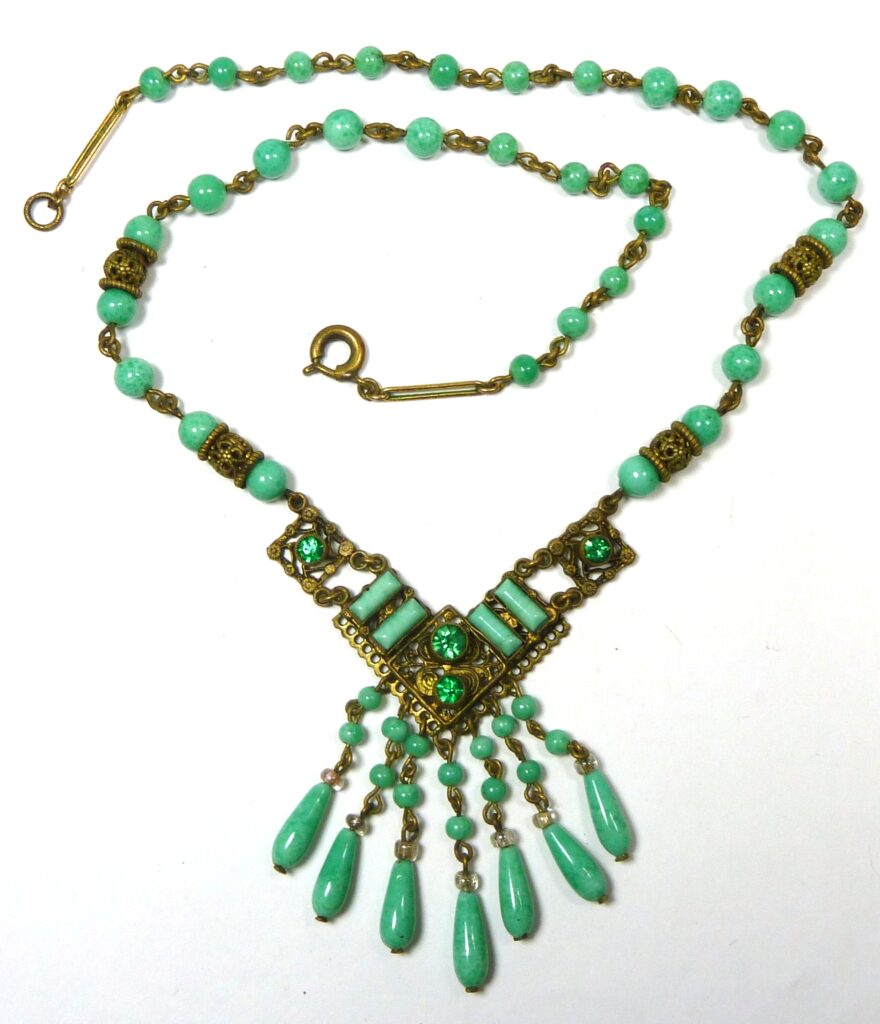
Blog


DAZED & CONFUSED MAGAZINE-DECEMBER 2011-EMILI SANDE
Another great photograph from Rankin. This one is from the December 2011 Dazed & Confused. Emeli Sande is a solo artist and songwriter. Styled by Bay Garnett using one of my Art Deco diamante brooches. I always have a good selection of diamante jewellery at Alfies Antiques.
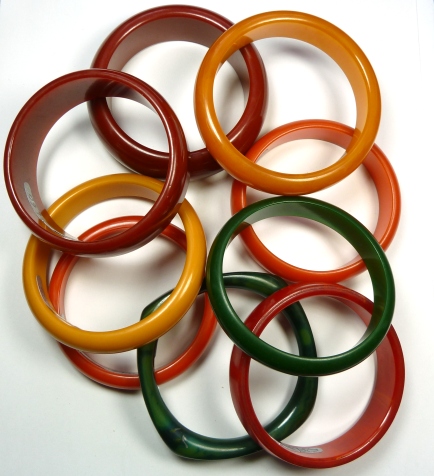
BAKELITE
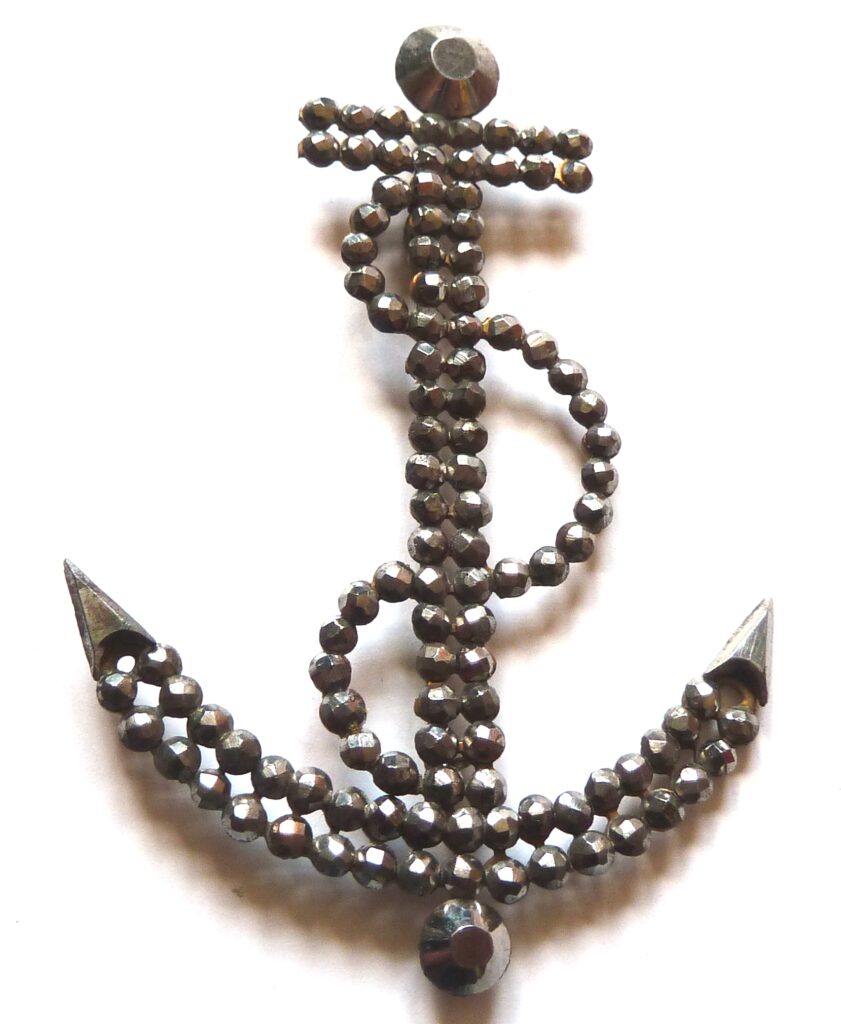
CUT STEEL
Cut Steel was produced almost entirely during the end of the 18c and the beginning of the 19c. (see Cut-Steel and Berlin Iron Jewellery – Anne Clifford – Adams and Dart). It imitated the sparkle of diamonds – which was very fashionable at this time. Sheets of metal were cut into strips which were then covered with studs fixed with rivets (you can see the rivets from the reverse side of the article). The light bounced off the faceted studs. It was used to produce a wide variety of articles – including buttons and buckles for men. In the late 19c mass production of shoddy sheets of metal that were not riveted helped cut steel to go out of fashion.
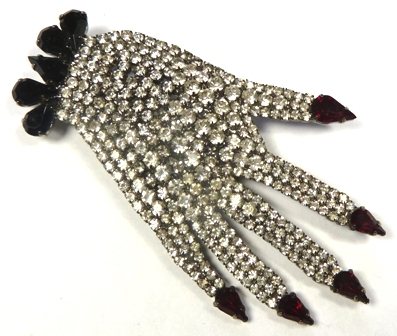
BUTLER & WILSON
Nick Butler and Simon Wilson started selling vintage jewellery in the London markets around 1968. In 1972 they opened a shop on the Fulham Road and began to copy mainly Art Deco jewellery – and the firm has never looked back! Butler and Wilson jewellery is worn by the rich and famous – and by the customer on QVC that wants something interesting to wear for a special occasion. The company is good at predicting future styles and is always developing new lines. The book “Rough Diamonds” by Vivienne Becker – Pavilion – is a good introduction to the jewellery over the first 30 years. Today the company is run by Simon Wilson and there is a shop in London – in the Fulham Road. The shop in South Molton Street has now closed. In 2010 the company celebrated its 40th anniversary! Butler and Wilson have been very successful in what they do – mainly, I think, because they understand their customers!

ROOF TOP CAFE
The Roof Top Café is next to our new shop. It is the ideal place to have a breakfast, lunch or afternoon tea – or just a coffee. It has an outdoor area to sit when the weather permits and has just had new decking – very smart! I am so lucky to be next to a café with good coffee and cakes!
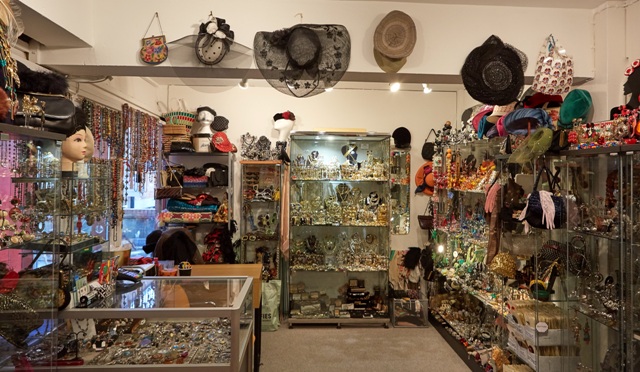
MY SHOP AT ALFIES ANTIQUES
This is a picture of our main shop – which is such a change from our shop at Grays Antiques – which was in a corridor and in the basement. Lots of daylight! We have a second shop next door. In between is a small passage leading to a small private balcony and next to the café – who could ask for anything more!
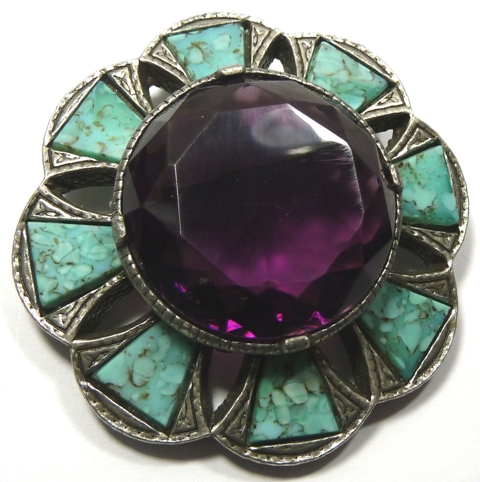
MIRACLE JEWELLERY
Miracle began making jewellery in Birmingham in 1946 and is still producing. They make Celtic, Irish and Scottish style jewellery. Their main range is reproductions of antiqued pewter or gold plated jewellery set with Czech. glass reproductions of semi precious stones. There is a smaller range of silver set jewellery (Information taken from their website). I only put items that are not in their current catalogue on the web site – and tend to like the larger items (although we sometime do have smaller examples in the shop). Miracle is one of the few British companies that marked their products (along with Atwood & Sawyer). A great shame! I do prefer the vintage pieces.
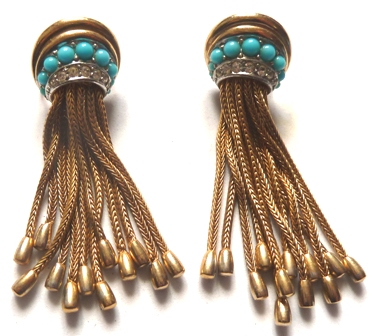
BOUCHER, MARCEL

TATLER MAGAZINE-SEPTEMBER 2020-EMILY MAITLIS
Emily Maitlis is featured in the September 2020 Tatler magazine in an article entitled “Behind the Screens”. She is wearing a pair of my vintage faux pearl and diamante clip earrings. Am a fan of Emily Maitlis and was delighted to see my earrings on the cover and on page 75. Photographer Luc Braquet Stylist Sophie Pera.
